By: Candice Stilwell, columnist
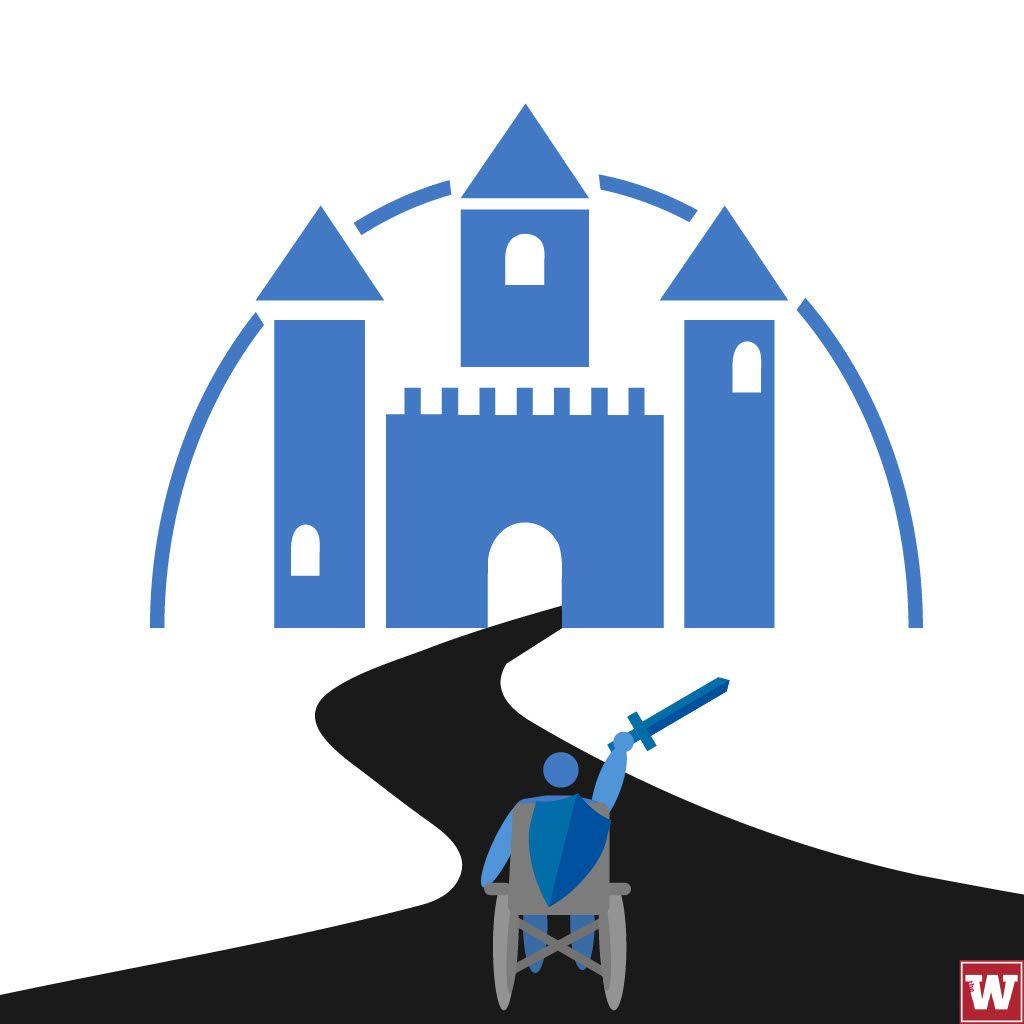
Classic Disney films often featured white European princesses and a prince to save the day. Newer Disney films like Encanto have looked starkly different and may be setting a new precedent for more accurate representation of people of color and women within children’s films.
Since premiering in 2021, Encanto has been setting record after record, and not just because of Lin Manuel Miranda’s catchy soundtrack.
According to The Guardian, the soundtrack has been streamed 1.5 billion times globally. And of course, we have to talk about Bruno! The hit song in the newest Disney movie is the first to reach number 1 in the UK music chart and has been viewed 137 million times on YouTube alone. TikTok has also been involved in Encanto’s trend in pop culture, with the #Encanto being used 35 million times.
The popularity of this movie has been boosted by its representation of the Latinx community, including a beautifully authentic view into Latinx culture. Encanto takes place in a small Colombian town and features a Latinx family with magic gifts to help the town.
To achieve this, Disney worked with Colombian documentarians, Colombian heritage actors and several Latinx filmmakers, hoping to “capture an authentic sense of culture and place in Encanto” according to The Guardian.
Encanto’s film composer Germaine Franco told The Guardian, “When people hear the music and they say, ‘Yeah, that sounds like Colombian music or that sounds like Latin music’, then they can feel proud about it. They are seeing themselves, hearing themselves.”
“Seeing themselves” is so important for people’s sense of self and confidence.
According to Nichole Bogarosh, Ph.D., an expert in representation in media, “Seeing yourself on screen, seeing yourself represented in different media content, has really deep psychological impacts. [It impacts] the way that you see yourself and how you think others see you as well—which is one of the main ways that we form our idea of self.
“But it’s also important that people see accurate representation of people that are different than themselves.”
This seems to be happening more and more in recent Disney feature films as they make real steps in making their diversity, equity and inclusion statement a reality.
On their official website, Disney states, “At Disney, inclusion is for everyone. We reimagine tomorrow as our way of amplifying underrepresented voices and untold stories as well as championing the importance of accurate representation in media and entertainment.” While things are not perfect, Disney does seem to be making steps, no matter how small, towards this goal.
Bogarosh names the 2012 Disney film Brave as one of the first movies that changed the classic view of a Disney princess. In movies like Cinderella, Beauty and the Beast, or Snow White, there was always a damsel in distress and a guy with a massive savior complex to come and save the day. In Brave, which came out in June of 2012, Princess Merida is fighting back against a patriarchal society which says she must marry in order to lead her people. Through some magic mishap, she accidentally turns her mother into a bear and the main storyline is the repair of that relationship, but along the way she earns the right to rule the kingdom without a king by her side.
Bogarosh calls this a shifting of “the happiness venue for women,” which essentially means that to reach happiness, a woman must have a heterosexual romance leading to marriage and then having children.
“It’s a message that we see repeatedly in Disney films,” says Bogarosh. Yet, Merida is able to break that mold within the plot of Brave.
While it is thrilling to see the new gender roles Disney is exploring and the fact that children are seeing more realistic interactions between men and women, it does raise the question of when we will have a Disney princess with a disability.
Disney has not presented a positive portrayal of a person with a disability in a feature film. There are a few characters who have disabilities like Dory (short term memory loss in Finding Nemo/Finding Dory), Quasimodo (titular hunchback in Hunchback of Notre Dame), or Dopey (mutism, dwarfism in Snow White and the Seven Dwarves).
It would be massively impactful for kids growing up now to see a princess who has a physical disability. We need children to see that people different than them are out in the world, and children who have disabilities would truly benefit from seeing themselves represented in something as mainstream as a Disney movie.
According to Bogarosh, “Studies have shown pretty repeatedly that if you have more of a physical manifesting disability, [it] is depicted as kind of a deficiency in a way that other disabilities are not. And we also will [use a physical disability to] mark oftentimes an evil characteristic of a particular individual… One of the ultimate examples of that actually comes from Disney and its Captain Hook.”
None of the depictions mentioned earlier are positive towards the disabled characters. Dory is often depicted as confused and needs help from people constantly throughout both movies. Quasimodo is literally locked in a bell tower because of his disability. Dopey is not given a clear, mature way of communicating besides silly facial expressions and gestures. Captain Hook has an amputated hand which characterizes a lot of his actions throughout the film and could be what starts him on his path to being a villain in a way—his amputation is only portrayed as a horrible experience and his hook is consistently used to threaten other people, further villainizing his character.
We need to learn to portray disabilities, and the people who have them, as complex people who can do good things regardless of their diagnoses or differences.
These differences need to be celebrated, especially in movies as influential as Disney films.
Generations of people watch Disney films growing up and we need to start teaching these people how to accept those with disabilities and for people with disabilities to accept themselves. We build identity and empathy through stories and Disney stories especially are influential to our world.


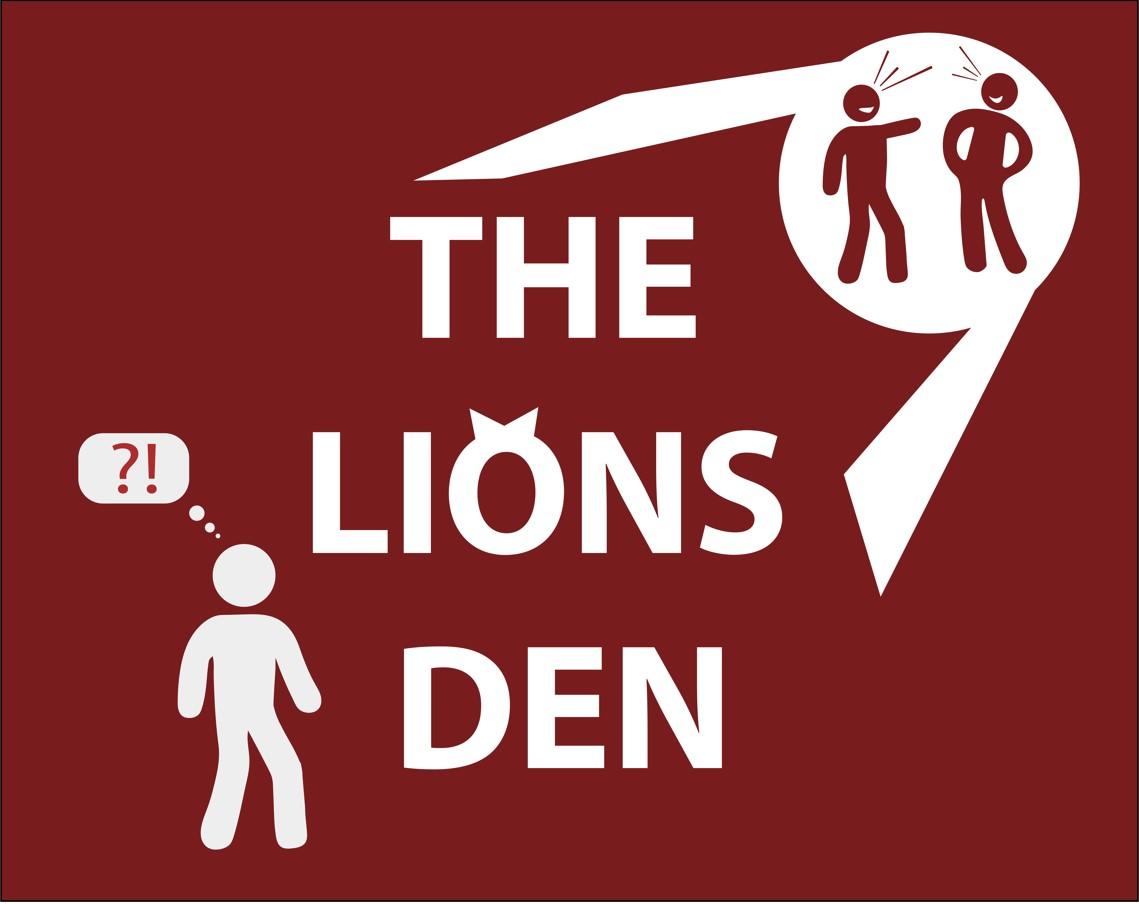
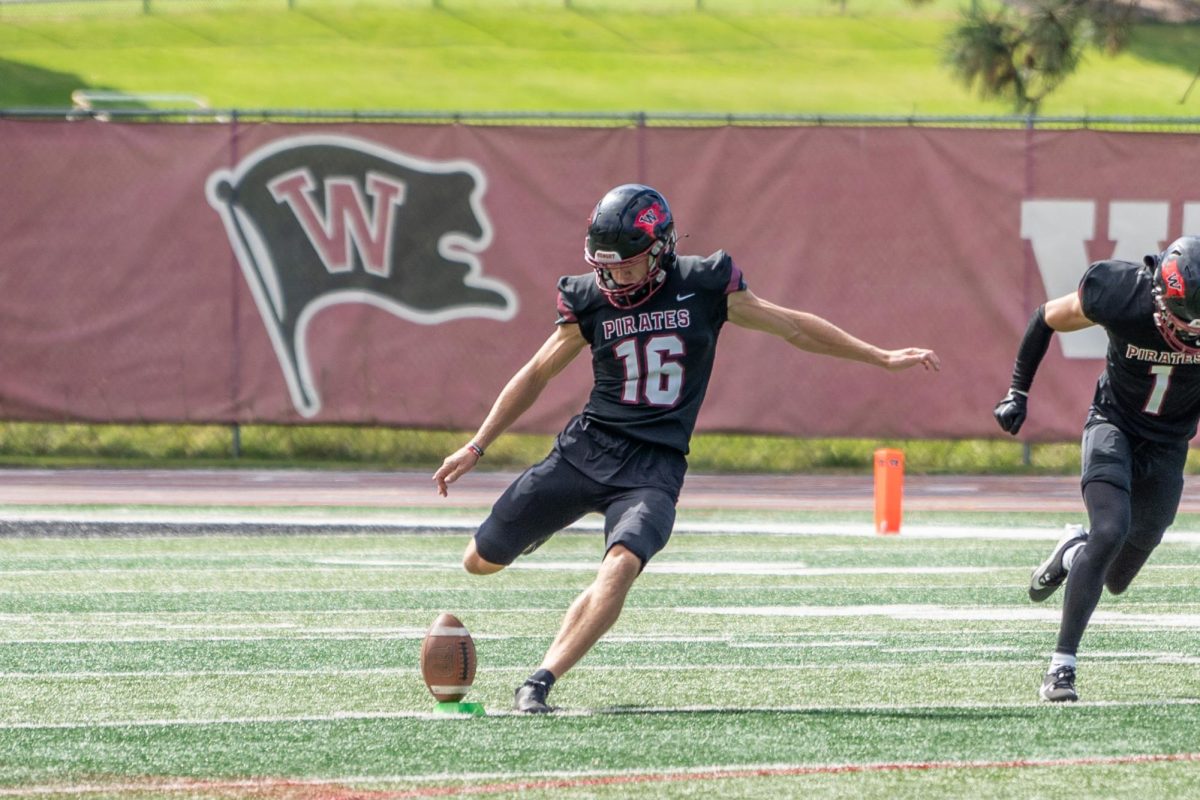

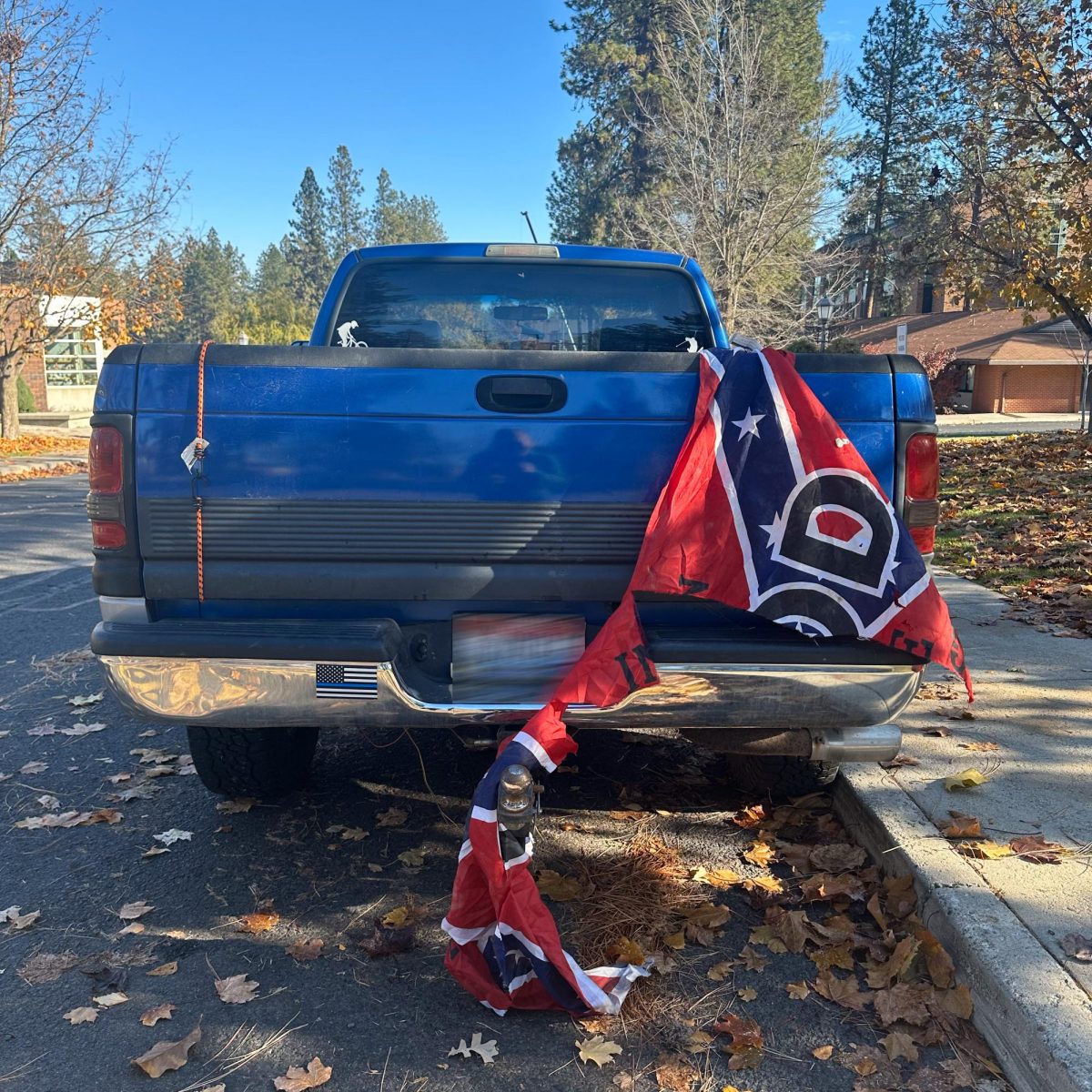
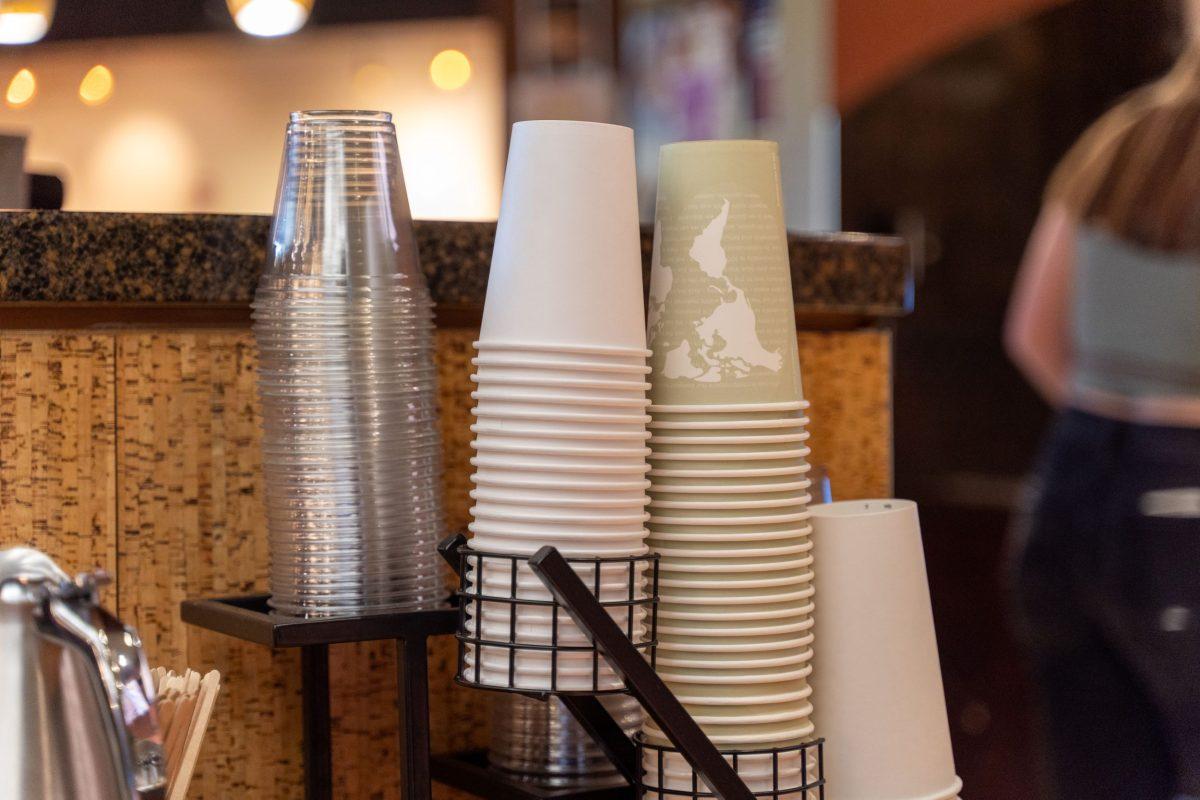

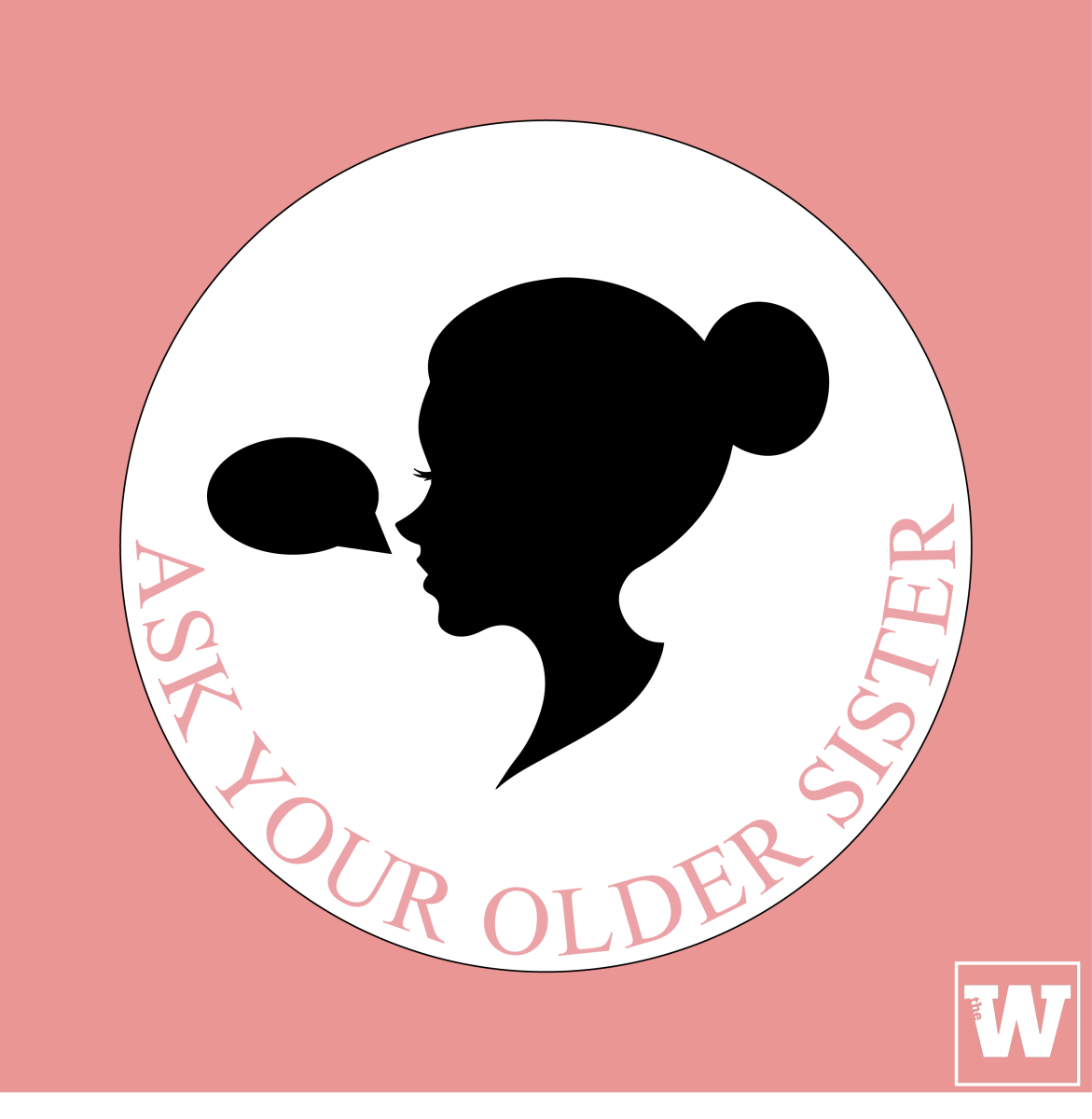
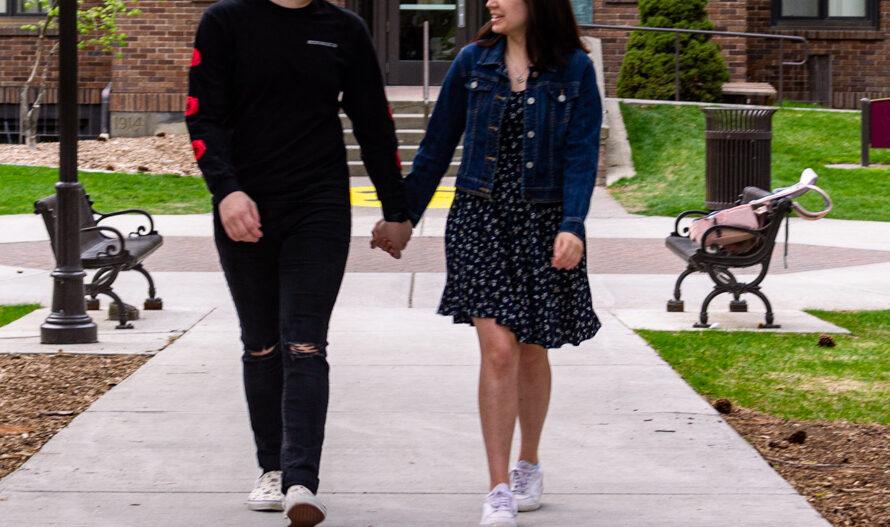

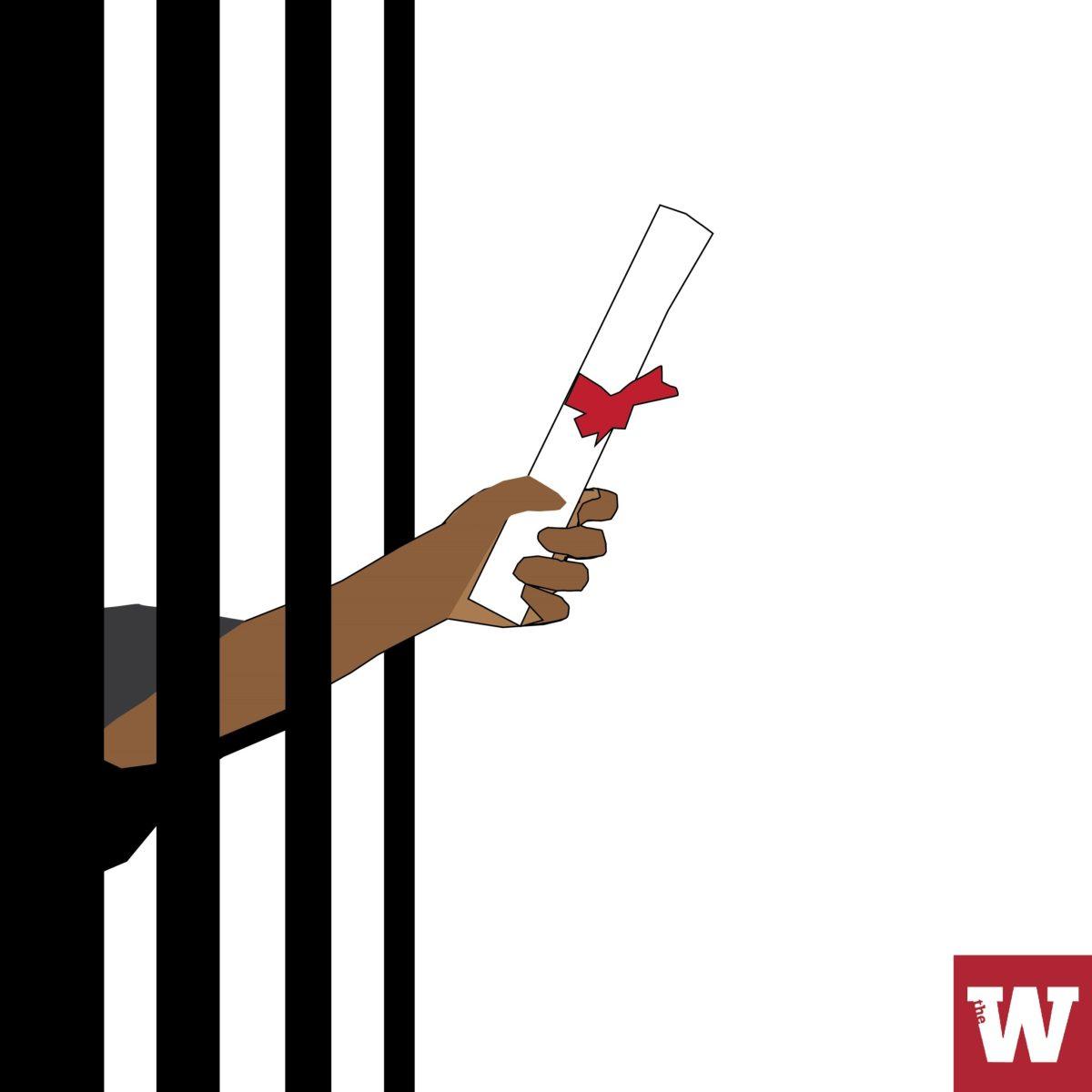
 Spokane?
Spokane?
Kris • Jun 22, 2023 at 3:20 pm
I think the disability that is present in Encanto is anxiety and depression. All of the characters are dealing with trying to accommodate the grandmother – the matriarch and to maintain a specific environment and appearance. The grandmother herself definitely suffers from depression from the loss of her husband.
Jeanine Teeples • Jan 17, 2023 at 5:02 pm
I appreciate the move Disney is making to represent different cultures, and a wide variety of ethnicity in their stories. I believe it’s healthy for us all (children and adults) to understand what other people are feeling and experiencing. It’s helping us become a unified family across the globe because when we learn to understand and identify with others, we no longer fear them. Thanks to Disney and others who are doing a marvelous job!
Ed • Mar 16, 2022 at 10:17 pm
Great points Candice. Each day is an opportunity to show how any one can make a difference. I look forward to see Disney and others continue to better their approach to future stories.